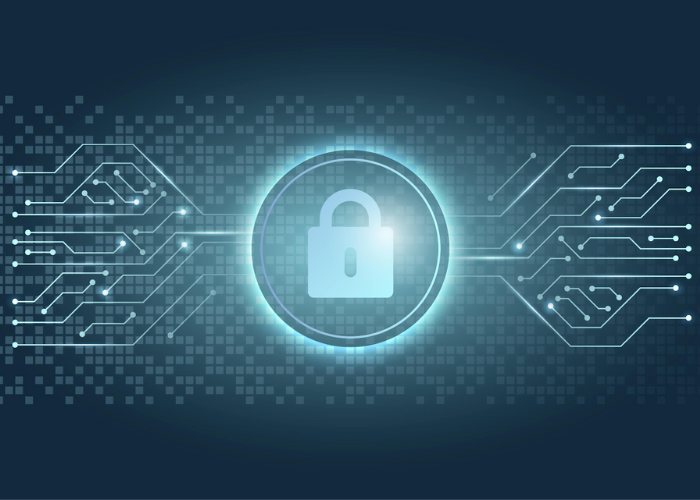The term “cybersecurity” refers to the process of defending computer networks, systems, and data from malicious cyber activity, leaks of sensitive information, and other forms of infiltration. Understanding the basics of cybersecurity is now essential for individuals, businesses, and organizations, given the ever-expanding nature of online threats and the ever-increasing reliance on technological solutions. This blog will go through some of the fundamental ideas behind cybersecurity.
-
Cyber Threats
Cyber threats are attacks on computer networks, systems, or software designed to take advantage of security flaws to steal information, ruin operations, or cause other forms of damage. Denial of service, DoS attacks, phishing emails, social engineering, and malware are all examples of common cyber hazards. To successfully defend against cyberattacks, it is crucial to have a firm grasp of the different forms these threats might take and how they function.
-
Confidentiality, Integrity, and Availability, CIA
In cybersecurity, the CIA trinity emphasizes the importance of maintaining privacy, authenticity, and accessibility of data. Data confidentiality guarantees that only authorized users and systems can access the information. When data is secured from unauthorized changes and guaranteed to be accurate, then say it has integrity. Availability guarantees that resources can be accessed and used when needed. Keeping all three principles under check is essential for protecting a company’s data in the long run.
-
Risk Management
Risk management entails recognizing threats, evaluating them, and reducing or eliminating them so that losses are contained, and assets are safeguarded. Cybersecurity risk management identifies threats to systems and networks, evaluates their severity and likelihood, and sets priorities for addressing them. Risk management strategies enable businesses to proactively handle cybersecurity threats and make well-informed decisions to safeguard their most valuable assets.
-
Security Controls
The term “security controls” refers to the safeguards set in place by businesses to prevent unauthorized access to their information infrastructure. Security measures include firewalls, virus scanners, IDSs, preventive software, encryption, multiple-factor authentication, and security education. Identifying, responding to, and preventing cyber threats requires stringent security measures.
-
Safety Awareness
The majority of cybersecurity mishaps can be attributed to human mistakes. Password strength, fake email recognition, and safe online conduct are just a few examples of how important it is to educate staff and users on cybersecurity best practices. Providing regular security awareness training is the best way to protect users from becoming casual about security.
-
Emergency Response
The term “incident response” refers to the phases of investigating and fixing a computer security breach. Organizations can better handle security issues and reduce their impact with a clearly defined incident response plan. Normal operations are usually restored after an incident has been reported, the incident investigated, and the harm contained and mitigated.
-
Disaster Recovery and Backup
Organizations can quickly recover from cyberattacks and other calamities if they regularly back up their data and have a disaster recovery plan. Organizations may recover from a data breach, ransomware attack, or another disaster more easily if they restore their data regularly and keep their backups in a safe, off-site place.
Conclusion
Cybersecurity is essential for guarding data online, keeping private information secure, and blocking hacking attempts. The best way to protect against cyber attacks and reduce risk is to use a combination of technical, procedural, and human safeguards. Keeping up with the latest security threats, setting stringent protections, and encouraging a culture of security awareness are all essential parts of a solid cybersecurity position.
